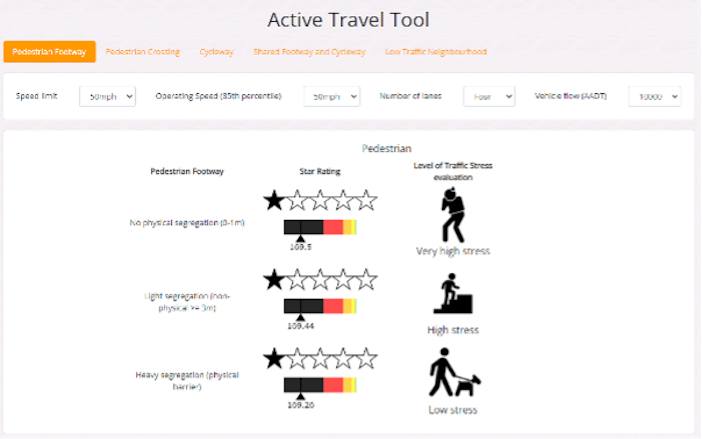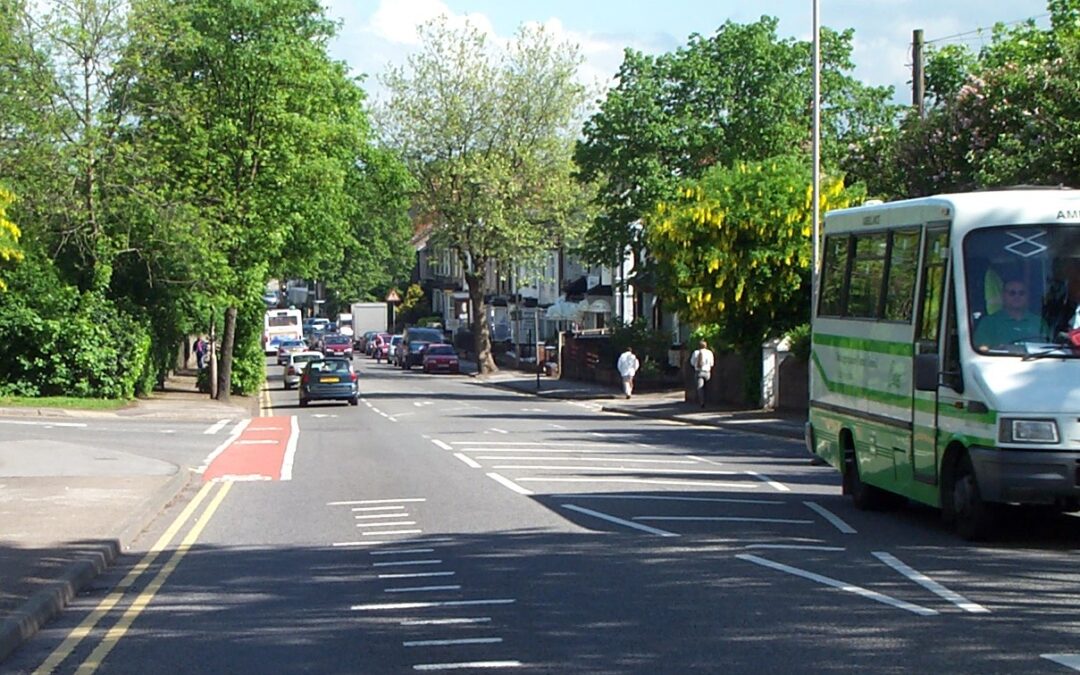A new planning tool that helps UK local authorities assess how to make walking and cycling safer, more pleasant and less stressful has been launched by UK charity the Road Safety Foundation.
Developed with funding from the Road Safety Trust, the tool shows how different active travel measures would perform both in terms of the iRAP Star Ratings – which assess the safety of roads – and the level of traffic stress.
iRAP’s Global Innovation Manager and Cities Specialist Monica Olyslagers said, “The Active Travel Tool is an iRAP Innovation Partnership Initiative and great example of a local innovation which builds on the iRAP Star Rating Methodology to meet a local need. iRAP’s Innovation Framework manages exciting initiatives underway globally that are Made Safer by iRAP and will help countries accelerate towards the global target of halving road death and injury by 2030.”
“Increasing levels of active travel has environmental and health benefits, but to achieve truly healthy mobility, it must also be safe and feel safe,” said Kate Fuller, Engineering Director at the Road Safety Foundation.
“Cyclists and pedestrians are known as vulnerable road users for good reason: the frailty of the human body is clear when it shares the same space as motorised traffic.
“This tool helps to assess which different types of pedestrians and cyclists would feel comfortable using a particular road with different facilities. Making active travel more attractive may also release pent-up demand and help more people make the switch.”
The Foundation has worked in partnership with Kent, Hampshire, West Sussex, Staffordshire and Warwickshire County Councils as well as Transport for Greater Manchester to develop the tool.
Stewart Fowler, Road Safety Intelligence and Innovations Team Leader, Kent County Council, said: “The tool allows us to trial the impact of a range of active travel measures on both individual road user risk and levels of stress experienced.
“Understanding risk and stress together enables us to tackle perceptions of safety which will assist with increasing uptake and acceptability of active travel modes.
“The tool is simple to use, offers a concise visual output and most helpfully; a comparable, evidenced based assessment. We will look to integrate the use of the tool at our optioneering stage for safety and active travel schemes to ensure risk and stress are considered as part of the scheme prioritisation.”
In 2020, the UK government created the Active Travel Fund (ATF) following the uptick in walking and cycling during the COVID-19 pandemic, with £200 million set aside for new active travel schemes.
For more information on the tool, click here.


Image sources: iRAP and RSF


















